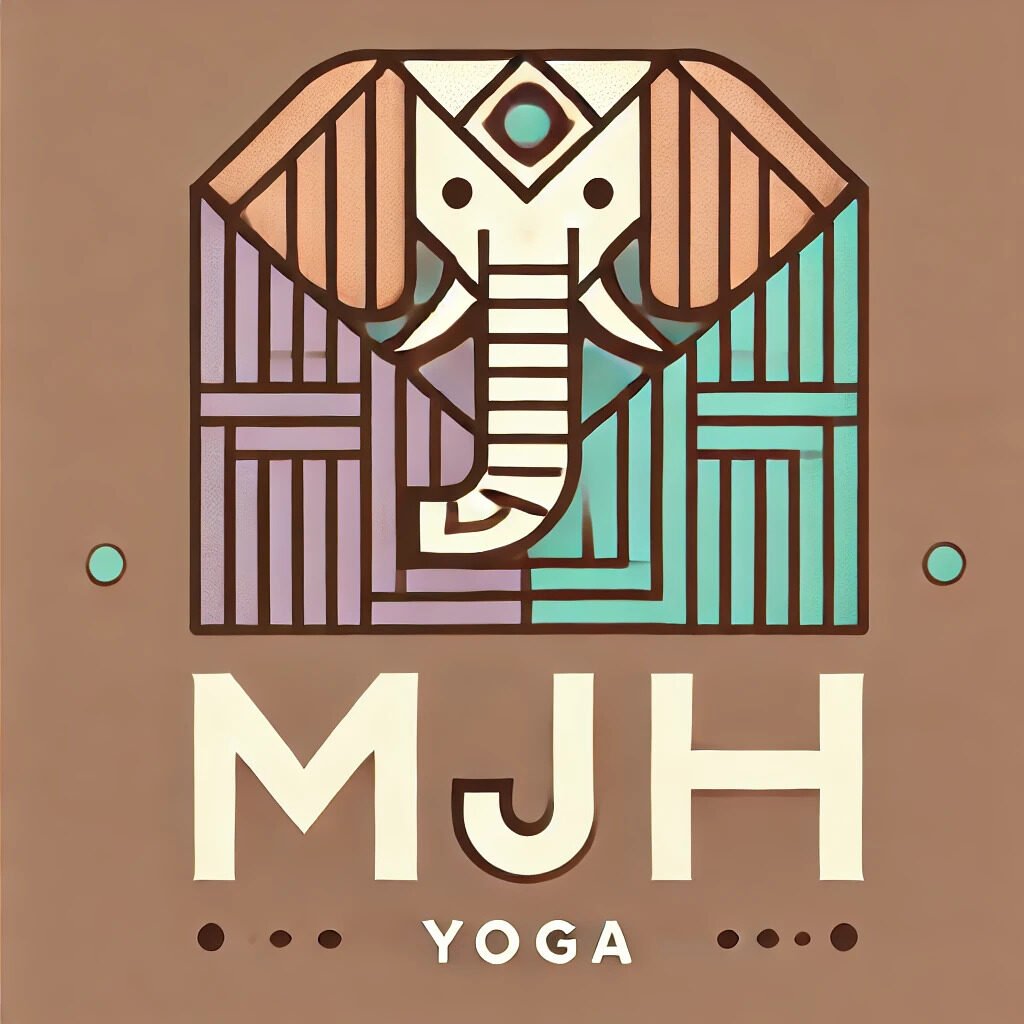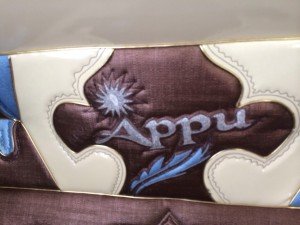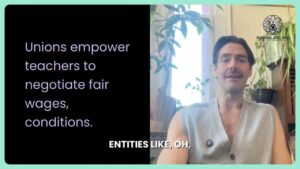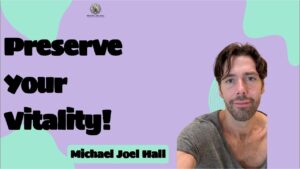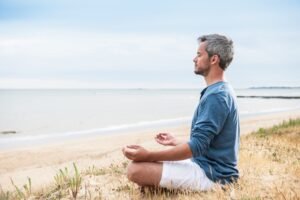Fostering Self-Awareness Through Yoga
Introduction
The unique intersection of physical and mental in yoga practice
Thesis: Yoga offers a powerful mirror for self-discovery by revealing how physical patterns reflect deeper mental models
I. The Body as a Messenger
How physical sensations carry deeper information
Quote: “The body never lies – physical tension reveals mental and emotional states.”
The intelligence of our physical form
Quote: “Our bodies have wisdom that’s often quieter than our thoughts, but no less profound.”
Learning to listen to bodily feedback
Quote: “Through practice, the brain constructs a ‘map’ of body positions, improving our body awareness.”
II. The Mirror of the Mat
How asana practice reveals habitual patterns
Quote: “Struggling with balance poses often mirrors self-doubt, while rushing through transitions reflects daily hurriedness.”
The yoga mat as a laboratory for self-study
Quote: “What happens on the mat is often exactly what happens off the mat.”
Finding patterns across different poses
Quote: “Notice what’s consistent across different postures – that consistency is your pattern.”
III. The Breath-Mind Connection
Breath as the bridge between body and mind
Quote: “How one breathes and moves affects thoughts and actions.”
Reading emotional states through breath patterns
Quote: “When breath becomes restricted or held, it’s often revealing emotional resistance.”
Breath as a tool for pattern interruption
Quote: “The breath can become a way to create space between stimulus and response.”
IV. Beyond Observation: The Transformative Power of Awareness
Awareness itself as an agent of change
Quote: “Self-awareness begins with simple observation – just noticing without judgment.”
Breaking unconscious patterns through conscious attention
Quote: “Awareness itself is transformative.”
The pause that creates possibility
Quote: “Pausing to create space between stimulus and response is a practical approach to self-awareness.”
V. Mental Models and Self-Fulfilling Prophecies
How beliefs shape our experience of reality
Quote: “Mental models are frameworks shaping reality and creating self-fulfilling prophecies.”
Identifying limiting beliefs through physical practice
Quote: “When you believe you can’t do a pose, watch how that belief affects your body.”
Challenging narratives through embodied experience
Quote: “The body often achieves what the mind believes is impossible, helping us rewrite our stories.”
VI. The Afferent-Efferent Feedback Loop
Understanding the neural pathways of awareness
Quote: “Afferents are the sensory information to the brain, while efferents are the brain’s response.”
How practice refines proprioception
Quote: “Through practice, we refine our body awareness (proprioception).”
Creating new neural pathways through consistent practice
Quote: “Each time you practice, you’re rewiring your brain’s understanding of itself.”
VII. Recognizing Patterns of Tension and Release
Common areas of physical holding
Quote: “Where do you hold tension? Shoulders, jaw, belly? These are clues to emotional states.”
Emotional correlates of physical tension
Quote: “Shoulder tension often reflects responsibility; jaw tension, unexpressed words.”
Cultivating conscious relaxation
Quote: “Learning to release physical tension is practice for releasing mental gripping.”
VIII. The Triangle of Awareness: Body, Breath, Mind
Integrating multiple streams of awareness
Quote: “The triangle pose allows for self-absorption and connection between different parts of yourself.”
Using focused attention to deepen perception
Quote: “Paying attention to sensations during poses can deepen perception.”
Creating coherence among different aspects of self
Quote: “During side angle pose, upper and lower body become two parts of the same whole.”
IX. From Reactivity to Response
Identifying triggers through physical practice
Quote: “Notice your reaction when you’re struggling – that’s your stress response pattern.”
Cultivating equanimity in challenging poses
Quote: “Can you maintain steady breath in difficult postures? That’s building equanimity.”
Transferring this skill off the mat
Quote: “The yoga does its job when you can maintain equanimity during life’s challenges.”
X. The Internal Dialogue During Practice
Becoming aware of self-talk
Quote: “Notice your internal dialogue when you face a challenging pose.”
The habit of comparison and self-judgment
Quote: “Do you compare yourself to others or to your past self? This reflects your mental habits.”
Cultivating compassionate inner speech
Quote: “The tone of your inner voice matters as much as what it says.”
XI. Obstacles as Teachers
How difficulty reveals deeper patterns
Quote: “Obstacles in yoga are opportunities for spiritual growth.”
The value of struggle and resistance
Quote: “Friction in practice reveals our true selves.”
Finding growth through challenge
Quote: “What you resist in practice often contains your greatest lesson.”
XII. Beyond Physical Form: Exploring Deeper Aspects
Moving from external to internal awareness
Quote: “External posture and breathwork connect to internal states like contentment and mental clarity.”
Applying Yamas and Niyamas to self-understanding
Quote: “Santosha (contentment) and Saucha (purity) become lenses for self-observation.”
Kriya yoga as a framework for self-study
Quote: “The Kriya yoga practice involves Tapas (heat/effort), Svadhyaya (self-study), and Ishvara Pranidhana (surrender).”
XIII. Tools for Deepening Self-Awareness
Journaling practices to track insights
Quote: “Track energy levels and journal recurring thoughts or reactions.”
Meditation as an extension of asana practice
Quote: “Meditation allows us to watch the mind with the same attention we gave the body.”
Creating continuity between formal practice and daily life
Quote: “Ask yourself throughout the day: ‘What else am I being weird about today?’”
XIV. The Teacher-Student Relationship in Self-Discovery
The role of external guidance in self-awareness
Quote: “Sometimes we need another’s eyes to see our blindspots.”
Becoming both teacher and student through self-observation
Quote: “The process of becoming both a teacher and student happens through self-observation.”
The community as a mirror
Quote: “Learning about others’ yoga experiences reveals more about their personal perspective than the practice itself.”
Conclusion
Self-awareness as an ongoing journey, not a destination
The integration of physical insights into daily living
Quote: “The true yoga happens when you take these insights off the mat and into your life.”
